Home>Gardening & Outdoor>Landscaping Ideas>What Does Phosphate Do For Lawns
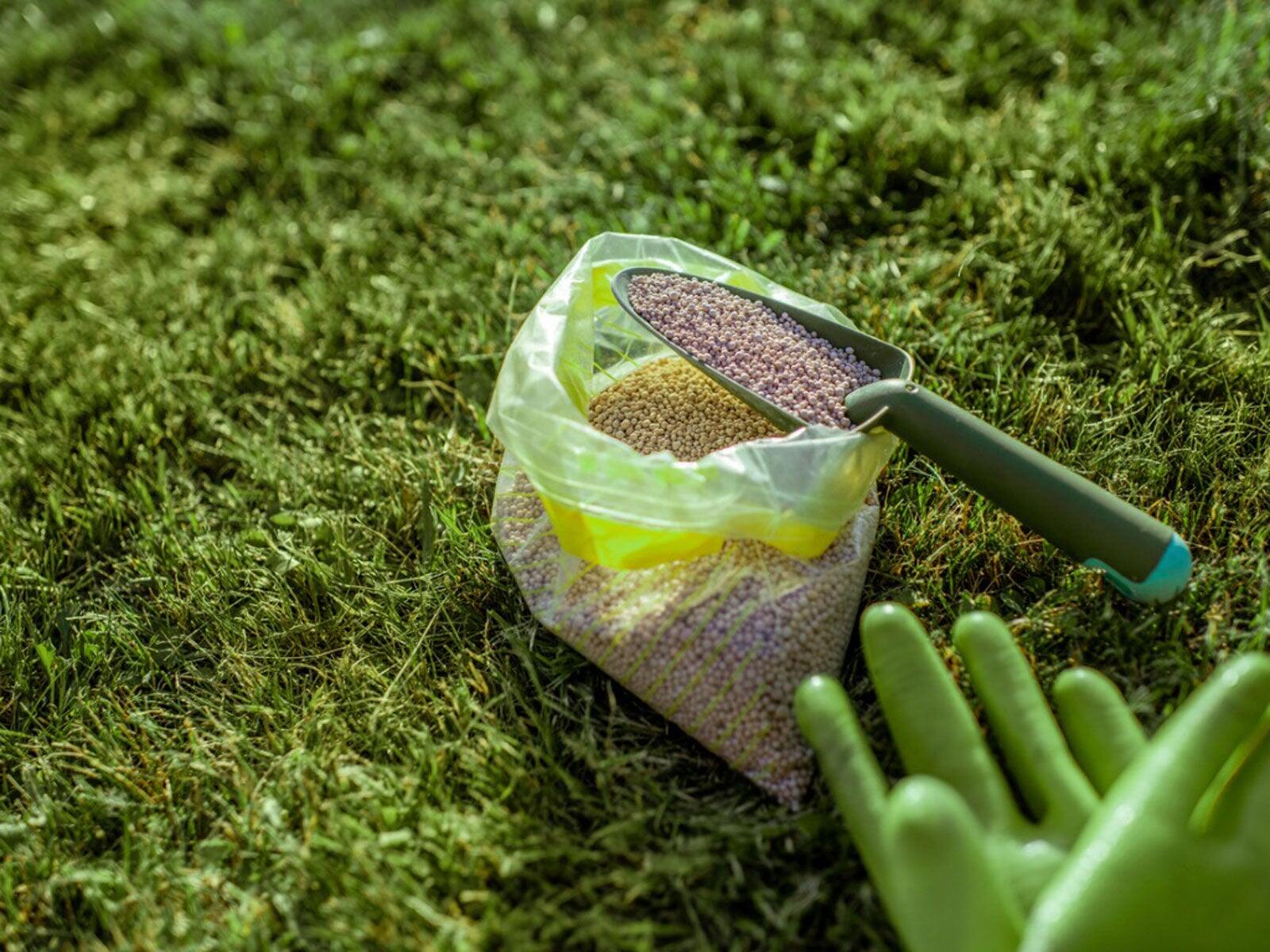

Landscaping Ideas
What Does Phosphate Do For Lawns
Modified: January 6, 2024
Discover how phosphate benefits lawns and enhances landscaping ideas. Learn the importance of phosphate for healthy and vibrant outdoor spaces.
(Many of the links in this article redirect to a specific reviewed product. Your purchase of these products through affiliate links helps to generate commission for Storables.com, at no extra cost. Learn more)
Introduction
Introduction
When it comes to maintaining a lush, vibrant lawn, understanding the essential nutrients required for healthy growth is paramount. While nitrogen and potassium often steal the spotlight, phosphate plays a crucial role in promoting robust root development, seedling growth, and overall plant health. In this comprehensive guide, we will delve into the world of phosphate and its significance in nurturing thriving lawns. By unraveling the mysteries of this vital nutrient, you will gain valuable insights into how to optimize your lawn care practices and foster a verdant outdoor oasis. So, let's embark on this enlightening journey to uncover the wonders of phosphate and its profound impact on your lawn's well-being.
Understanding Phosphate
Key Takeaways:
- Phosphate is crucial for healthy lawns, promoting strong roots, seedling growth, and stress tolerance. Balancing its application is vital for a lush lawn while minimizing environmental impact.
- Recognizing signs of phosphate deficiency and applying it judiciously through granular fertilizers, organic amendments, and professional soil testing can nurture a resilient and visually stunning lawn.
Read more: What Does RGS Do For Lawns
Understanding Phosphate
Phosphate, an essential macronutrient, is a compound of phosphorus and oxygen that plays a pivotal role in the growth and development of plants, including the grasses that form your lawn. In the realm of plant biology, phosphate serves as a fundamental building block for DNA, RNA, and ATP, the energy currency of the cell. This critical nutrient is integral to various physiological processes within plants, influencing root formation, energy transfer, and metabolic reactions.
Phosphate exists in the soil in both organic and inorganic forms. Organic phosphate originates from decaying organic matter, while inorganic phosphate is derived from weathering rocks and minerals. In the context of lawn care, understanding the availability and uptake of phosphate by grass roots is essential for fostering optimal growth and resilience.
It’s important to note that while phosphate is indispensable for plant vitality, excessive application can lead to environmental concerns, such as water pollution. Therefore, striking a balance in phosphate application is crucial for maintaining a healthy lawn while minimizing ecological impact.
By comprehending the intricate role of phosphate in the botanical realm, you can harness this knowledge to elevate the well-being of your lawn, nurturing it to reach its full potential.
The Role of Phosphate in Lawn Health
The Role of Phosphate in Lawn Health
Phosphate is a cornerstone of lawn health, contributing significantly to the overall well-being and resilience of the grass. Its primary functions encompass fostering robust root systems, promoting seedling establishment, and enhancing the plant’s ability to withstand environmental stressors.
Root Development: Phosphate plays a pivotal role in stimulating the growth of strong and extensive root systems. By facilitating root elongation and branching, this essential nutrient enables the grass to efficiently absorb water and nutrients from the soil, laying the foundation for a healthy and verdant lawn.
Seedling Growth: During the germination and early growth stages, phosphate provides the necessary impetus for vigorous seedling development. It fuels the formation of sturdy shoots and roots, setting the stage for the grass to thrive and establish a dense, resilient turf.
Stress Tolerance: Phosphate equips the grass with the resilience to withstand environmental pressures, such as drought, extreme temperatures, and foot traffic. By bolstering the plant’s metabolic processes and energy reserves, phosphate enhances its ability to endure adverse conditions and recover from stress-induced damage.
Furthermore, phosphate contributes to overall plant vigor, fortifying the grass against diseases and pest infestations. Its multifaceted role in supporting the physiological and structural integrity of the grass underscores its significance in nurturing a thriving lawn.
Understanding the profound impact of phosphate on lawn health empowers you to implement targeted strategies for optimizing its availability and utilization, thereby cultivating a resilient and visually stunning expanse of greenery.
Signs of Phosphate Deficiency
Recognizing the telltale signs of phosphate deficiency in your lawn is crucial for implementing timely remedial measures to restore its vigor and vitality. When phosphate levels are insufficient, the grass may exhibit several discernible symptoms that serve as indicators of its nutritional inadequacy.
Stunted Growth: One of the primary manifestations of phosphate deficiency is the impaired growth of the grass. The lawn may appear lackluster and fail to achieve the lush, vigorous growth characteristic of a well-nourished turf.
Discolored Foliage: Inadequate phosphate can manifest in the form of abnormal leaf coloration, with the grass exhibiting a distinct purplish or reddish hue. This discoloration is often most noticeable in the older leaves, signaling the plant’s struggle to access an adequate supply of this vital nutrient.
Reduced Tillering: Phosphate deficiency can impede the grass’s ability to produce lateral shoots, resulting in diminished tillering. As a consequence, the lawn may appear sparse and fail to achieve the desired density, compromising its aesthetic appeal and resilience.
Poor Root Development: Insufficient phosphate levels can hinder the development of robust root systems, leading to shallow, underdeveloped roots that are ill-equipped to support the plant’s nutrient and water uptake needs. This compromised root structure undermines the grass’s capacity to thrive and endure environmental stressors.
Delayed Maturity: When phosphate is lacking, the grass may exhibit delayed maturity, with the plants taking longer to reach their full growth potential. This delayed development can impede the lawn’s ability to establish a uniform and dense turf, detracting from its visual allure and functional strength.
By discerning these subtle yet impactful signs of phosphate deficiency, you can take proactive steps to rectify the nutritional imbalance and rejuvenate your lawn, ensuring that it flourishes with renewed vitality and exuberance.
Applying phosphate to your lawn can help promote healthy root growth and improve overall plant vigor. However, it’s important to follow application guidelines to avoid over-fertilization.
How to Apply Phosphate to Lawns
Implementing an effective and targeted approach to applying phosphate to your lawn is pivotal for optimizing its absorption and utilization by the grass, thereby fostering robust growth and resilience. Several methods can be employed to introduce phosphate into the soil, ensuring that the grass receives this vital nutrient in a form that promotes its sustained health and vigor.
Granular Fertilizers: Granular fertilizers containing phosphate are a popular and convenient means of supplementing the soil with this essential nutrient. These fertilizers can be spread evenly across the lawn using a broadcast spreader, facilitating uniform coverage and uptake by the grass roots. Following application, watering the lawn encourages the granules to release phosphate, enhancing its availability to the plants.
Phosphorus-Rich Amendments: Incorporating phosphorus-rich organic amendments, such as bone meal or rock phosphate, into the soil can bolster phosphate levels and fortify the grass with this vital nutrient. These amendments can be worked into the soil during lawn preparation or applied as top dressings, providing a sustained source of phosphate for the grass to assimilate.
Liquid Fertilization: Liquid fertilizers containing soluble phosphate can be applied to the lawn using a sprayer, delivering a readily available form of this nutrient directly to the grass foliage and soil. This method offers rapid absorption and can be particularly beneficial for addressing acute phosphate deficiencies and promoting swift revitalization of the lawn.
Professional Soil Testing: Engaging the services of a professional to conduct a comprehensive soil test can provide valuable insights into the specific phosphate requirements of your lawn. Based on the test results, targeted phosphate application recommendations can be formulated, ensuring that the grass receives the precise dosage needed for optimal growth and vitality.
By selecting the most suitable method for applying phosphate to your lawn and adhering to recommended application rates, you can elevate the nutrient status of the soil and empower the grass to thrive, manifesting lush, resilient, and visually captivating characteristics.
Read more: What Does Potash Do For Lawns
Best Practices for Using Phosphate
Employing best practices for utilizing phosphate in lawn care endeavors is instrumental in maximizing its efficacy while minimizing potential environmental impacts. By adhering to these principles, you can ensure that your lawn receives the optimal dosage of phosphate, promoting its health and vitality while upholding ecological responsibility.
Conduct Soil Testing: Prior to applying phosphate to your lawn, conduct a thorough soil test to ascertain the existing phosphate levels. This analysis provides valuable insights into the specific nutrient requirements of your soil, enabling you to tailor the application of phosphate to meet the grass’s needs effectively.
Follow Recommended Application Rates: Adhere to recommended application rates for phosphate fertilizers, taking into account the grass species, soil characteristics, and environmental considerations. Avoid overapplication, as excessive phosphate can lead to environmental imbalances and water pollution, underscoring the importance of judicious usage.
Consider Slow-Release Formulations: Opt for slow-release phosphate fertilizers to provide a sustained and controlled supply of this nutrient to the grass. These formulations promote gradual nutrient release, minimizing the risk of leaching and runoff while supporting long-term lawn health.
Integrate Phosphorus-Rich Organic Matter: Incorporate organic materials rich in phosphorus, such as compost and manure, into the soil to augment phosphate levels naturally. This organic enrichment enhances soil fertility and sustains the availability of phosphate for the grass, fostering robust growth and resilience.
Timing and Weather Conditions: Consider the timing of phosphate application, aiming to apply the nutrient during periods conducive to optimal absorption and utilization by the grass. Favorable weather conditions, such as moderate temperatures and adequate soil moisture, facilitate the grass’s uptake of phosphate, enhancing its efficacy.
Monitor and Adjust: Regularly monitor the lawn for signs of phosphate deficiency or excess, adjusting your fertilization practices as needed to maintain a balanced and nourished turf. By staying attuned to the grass’s response to phosphate application, you can fine-tune your approach to optimize its health and vibrancy.
By embracing these best practices, you can harness the benefits of phosphate for your lawn while upholding sustainability and environmental stewardship, nurturing a resilient and visually captivating outdoor haven.
Conclusion
As we conclude our exploration of the pivotal role played by phosphate in nurturing thriving lawns, it becomes evident that this essential nutrient is a linchpin of plant health and vitality. From stimulating robust root development to fortifying the grass against environmental stressors, phosphate stands as a cornerstone of lawn care, wielding a profound influence on the verdant expanse that graces your outdoor landscape.
Understanding the intricate dynamics of phosphate and its symbiotic relationship with the grass empowers you to implement targeted strategies for optimizing its availability and utilization. By discerning the signs of phosphate deficiency and embracing best practices for its application, you can orchestrate a symphony of growth and resilience within your lawn, fostering a visually stunning and resilient tapestry of greenery.
It is imperative to approach phosphate application with a judicious and informed mindset, considering the specific needs of your lawn while upholding environmental responsibility. By conducting soil tests, following recommended application rates, and integrating sustainable practices, you can harmonize the well-being of your lawn with ecological stewardship, ensuring a balanced and thriving outdoor sanctuary.
In essence, phosphate serves as a silent yet potent ally in your quest to cultivate a luxuriant and robust lawn, infusing the grass with the vitality and strength it needs to flourish. By embracing the insights gleaned from this guide and applying them with care and consideration, you can elevate your lawn care endeavors to new heights, nurturing a landscape that captivates the eye and nurtures the soul.
As you embark on this journey of discovery and implementation, may the wisdom garnered here serve as a beacon, illuminating the path toward a vibrant, resilient, and breathtakingly beautiful lawn that stands as a testament to the transformative power of phosphate and dedicated care.
Frequently Asked Questions about What Does Phosphate Do For Lawns
Was this page helpful?
At Storables.com, we guarantee accurate and reliable information. Our content, validated by Expert Board Contributors, is crafted following stringent Editorial Policies. We're committed to providing you with well-researched, expert-backed insights for all your informational needs.
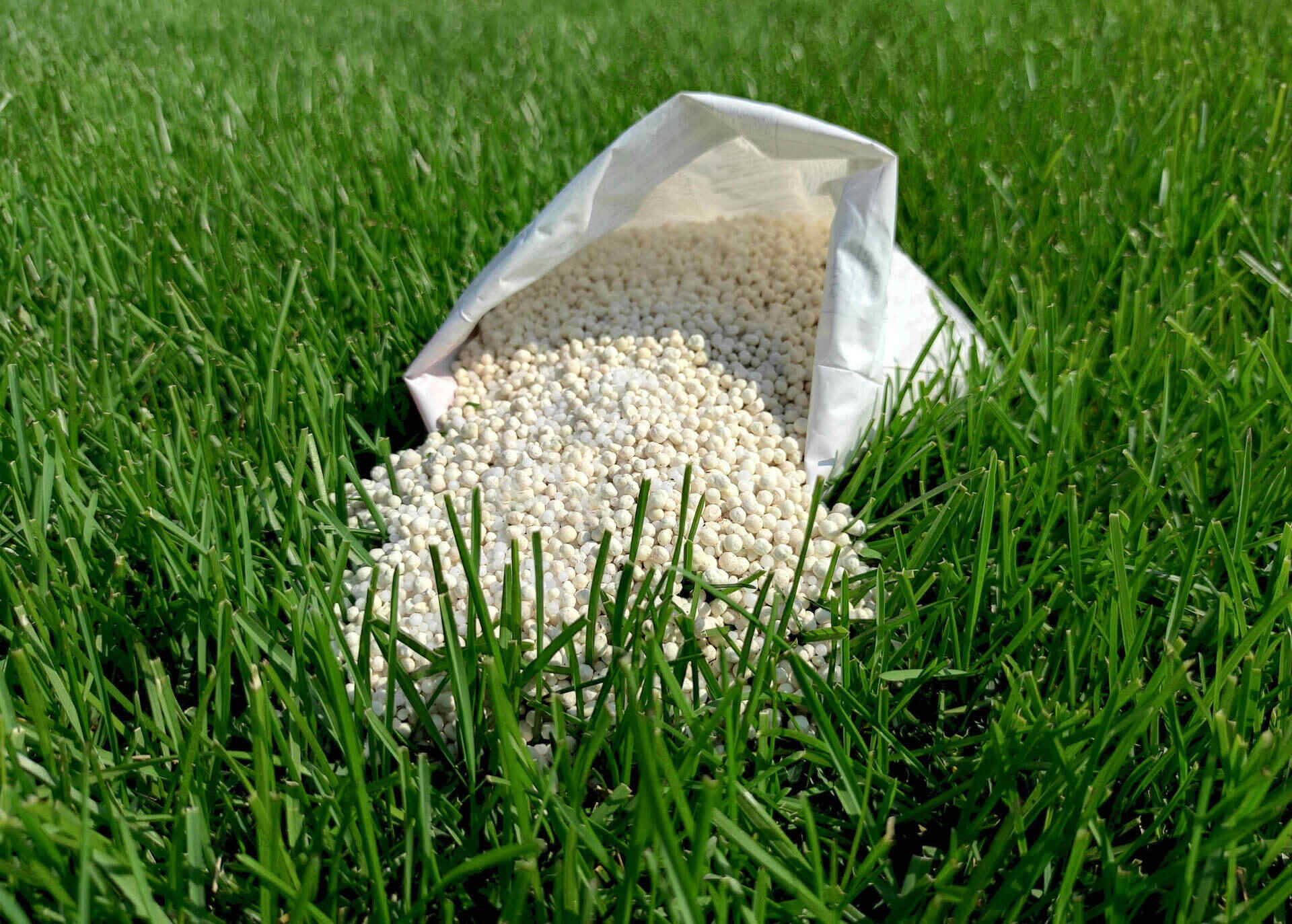

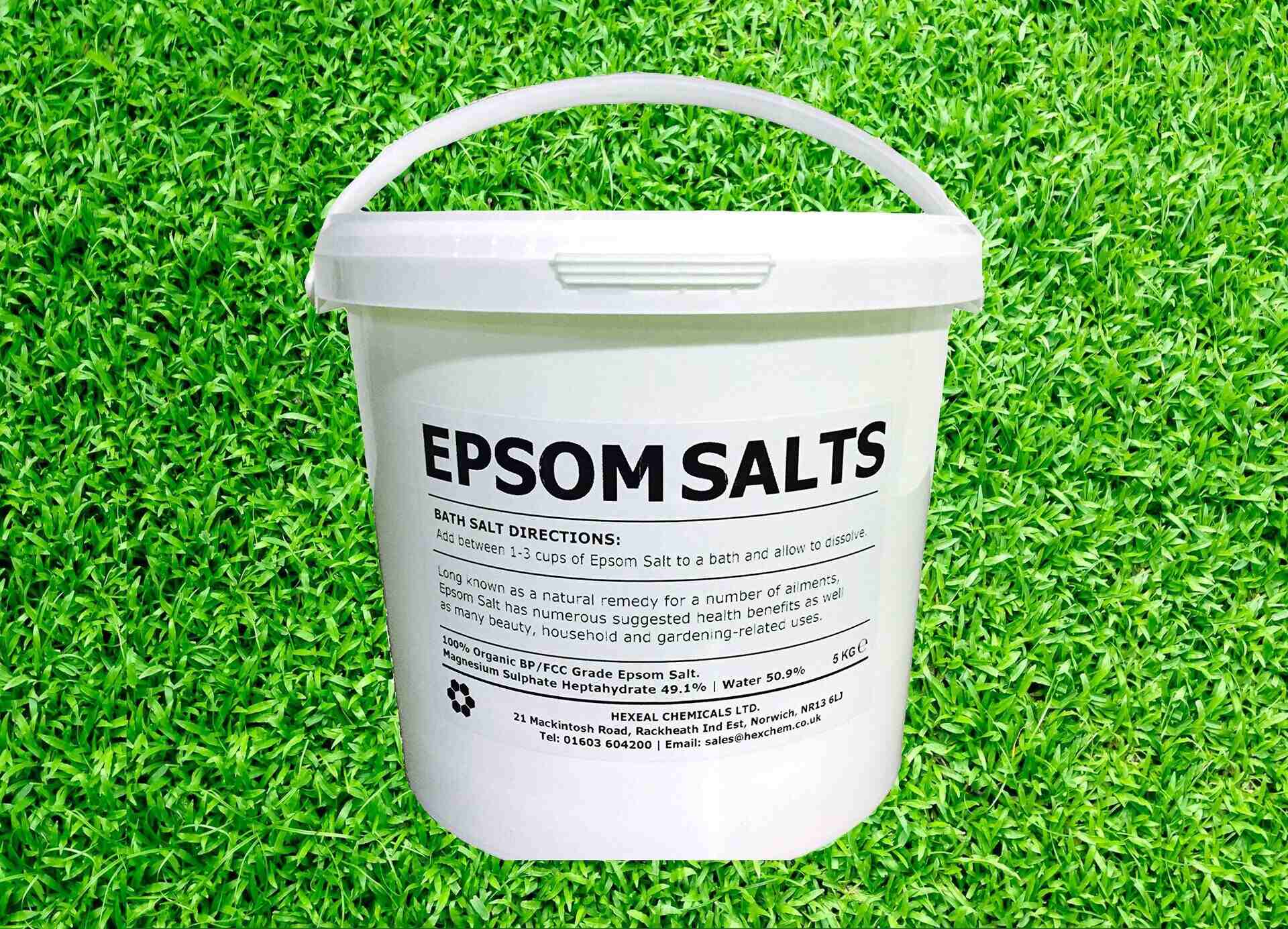





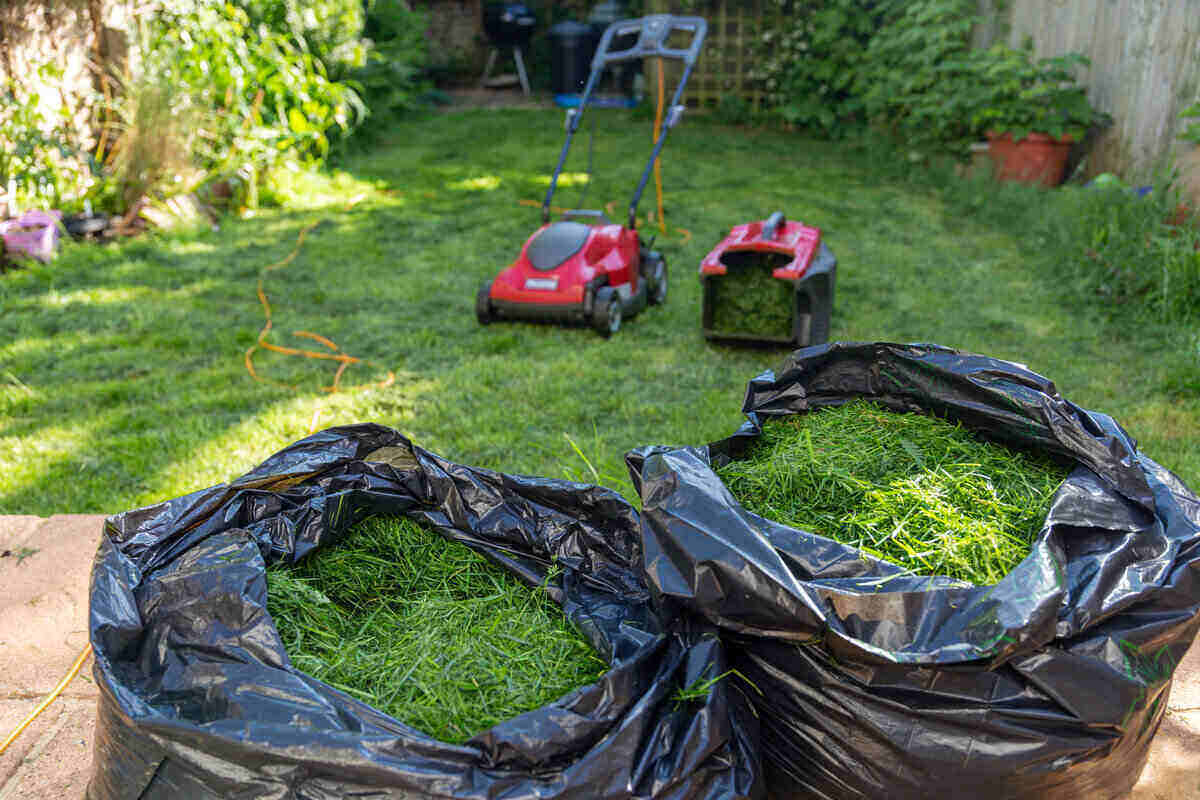


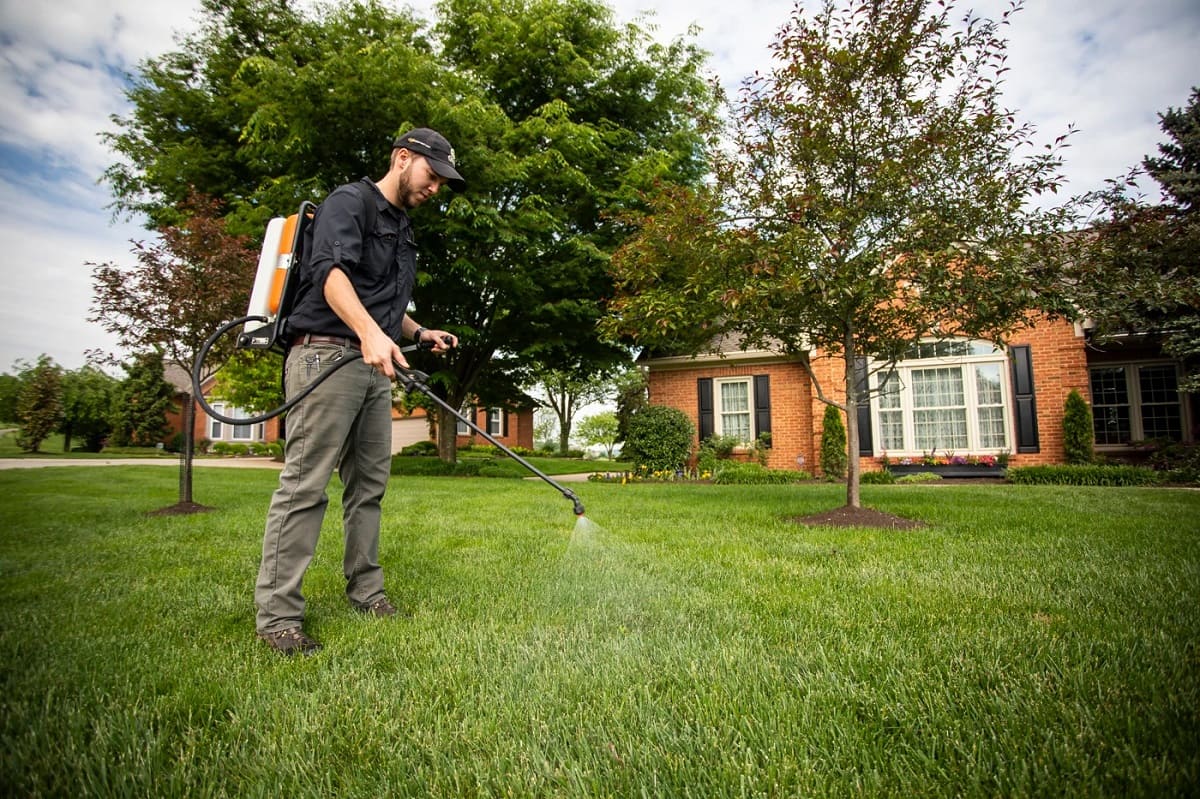



0 thoughts on “What Does Phosphate Do For Lawns”